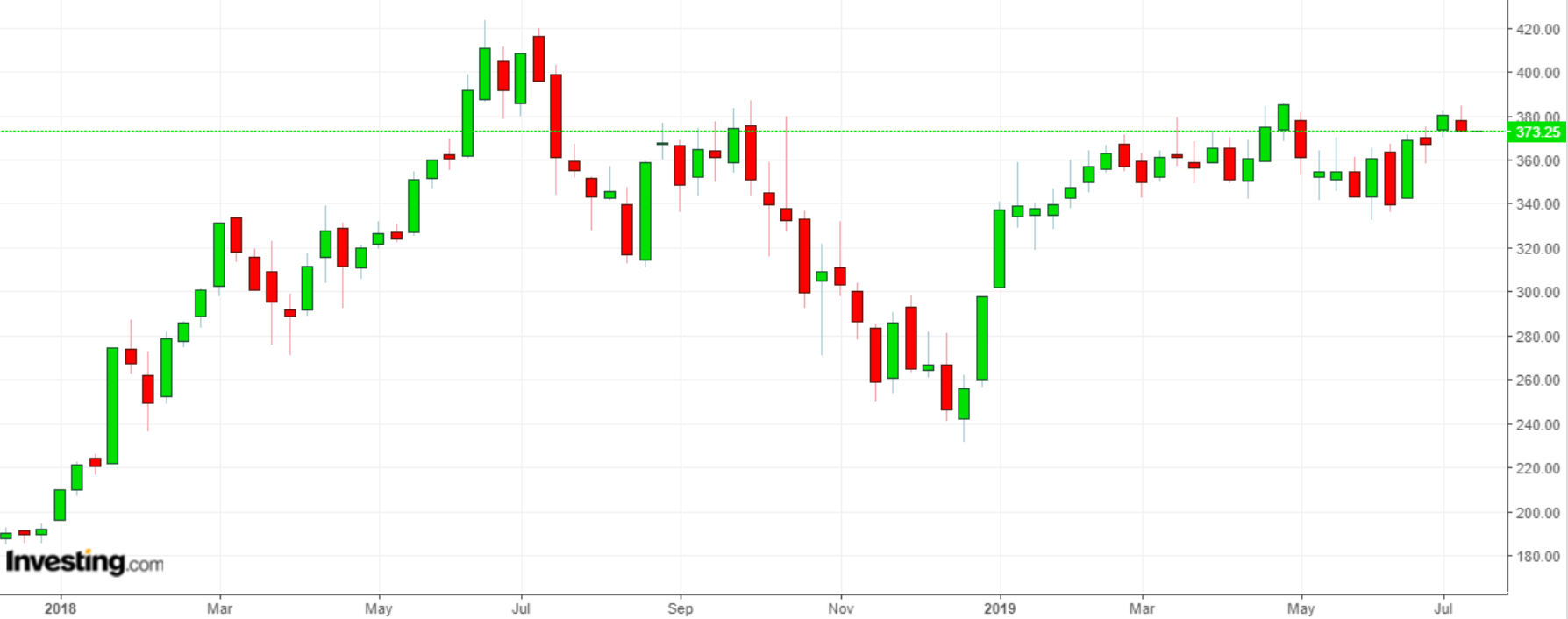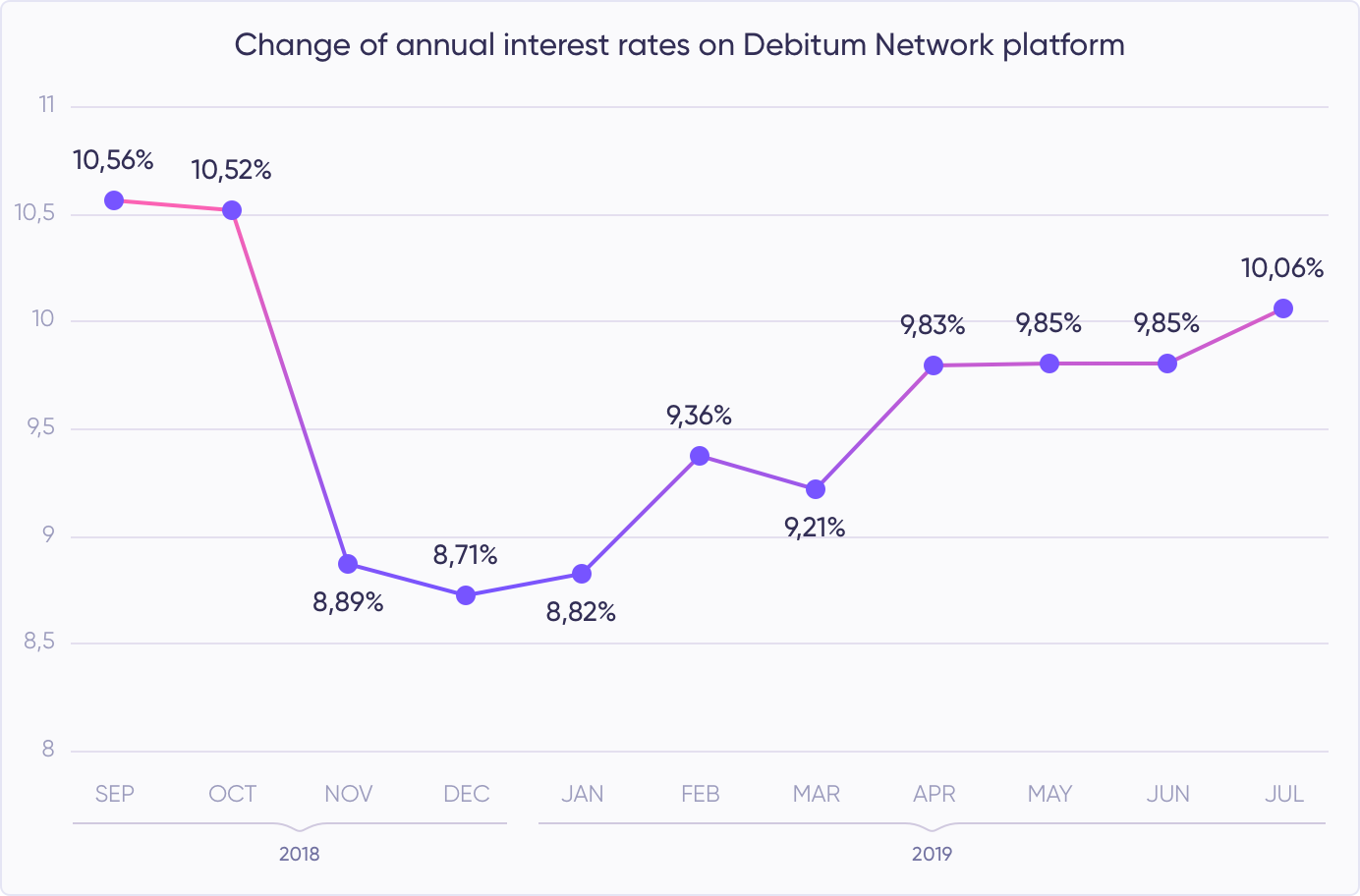A balance between risk and return in investing

A balance between risk and return in investing:
Whether you are a conservative, moderate or aggressive investor you will have to manage risk and try to achieve as high returns as possible without compromising your risk management principles. A smart investor does not have to pursue one and neglect the other. It is possible to have both: manageable risk and above-average returns. One has to find the assets that carry very little risk and has good and sustainable average returns. Let’s try to figure out how to achieve the balance of risk/reward ratio and what assets would be best for investment to meet the ratio.
Risk/return tradeoff
Risk/return tradeoff is a principle that links high risks to high returns and low risks to low returns. In other words, the higher the expected return, the higher the risks an investor will have to take to achieve it. And vice versa, the lower the expected return, the lower the risks an investor will have to take to achieve it.
High-risk assets include equities, commodities, high-yield bonds, real estate, penny stocks, currencies, and cryptocurrencies. The value of these undergoes strong volatility as they may increase/decrease in value more than 20%-50% within a short period of time.
If an investor has a big portfolio with a large variety of assets inside, and only a small percentage of high-risk assets (penny stocks, exotic currency pair, or a volatile stock) those do not cause major threat for the whole portfolio as the other assets will level off the risk that may arise to those few assets in the basket. On the other hand, a lot of assets that are highly volatile and risky in nature may cause significant threats to the whole portfolio. Only well-experienced investors/traders can carry out these kinds of investments/trades by minimizing their losses when the investments turn south or maximizing profits when the investments work out well.
The chart from Netflix (NFLX) company proves how volatile these high-risk assets can be.

Source: investing.com
On the 1st of January, 2018 the price of one share of Netflix was 195.42 (US dollars). In six and a half months, it rose to 423.21 (US dollar) – a rise of 116%. This is spectacular growth! However, within the next 5 and a half months, the price of the stock fell to 231.23 (US dollars) – a fall of 45.4%. And then, within the next 6 months, it rose again from 231.23 (US dollars) to 385.99 (US dollars) – a rise of 66.9%. Due to such high volatility, both profits and losses investing in the security could be great. Unfortunately, only investors/speculators with huge risk tolerance could withstand such sharp fluctuations in their portfolio.
The safest assets
Low-risk assets have a low probability of default (going bankrupt/completely losing value) and consequently, the profits investing in the assets will be below average. Low-risk assets include Cash Investments: (savings accounts, money markets’ accounts, and certificates of deposit (CD), U.S. Savings Bonds, U.S. Treasury bills, German bonds (other bonds with the lowest risk rating). Conservative investors who are very much risk-averse tend to invest in those and thus increase their capital bit by bit.
Investing in low-risk assets may cause you to lose money!
However, the most recent event in the financial markets proved that some of the safest assets have carried very little or no return at all. 10-year German bonds is the case of that.

Source: investing.com
Looking at the chart one may see that in July of 2016, German 10 bonds slipped into negative territory and had a negative interest of – 0.20%. It means you have to pay extra to hold the investments. The same happened at the end of March 2019, when the interest rate for the bonds slipped into negative territory again, and have stayed there since then. It is worthwhile to invest in these, safest assets? To tell the truth, it beats the purpose of investing as you hold the safest instruments that cause you to lose money. With the inflation at 2.2% (in Europe) and 4.9% (in the world), it does not make sense to invest in these types of safe assets at all as you would be slowly but surely bleeding your capital to the German government for the privilege of holding ‘safe’ investments.
More than $12 trillion worth of government bonds have a negative yield now!
German bonds are not an exception. More than 16 governments now offer a negative yield to the holders of their bonds. Swedish 10 year bonds, briefly, slipped into negative territory for the first time in the middle of June 2019. Even the French government 10 year bonds fell below zero for the first time in history at the beginning of July 2019. With ECB (European Central Bank) hinting at the possibility of cutting interest rates and even restarting its’ quantitative easing program, the size of government bonds with a negative yield may surge. The chart below tells it all. 96% of all the bonds released by Switzerland have a negative yield!

Source: theatlas.com
Choosing “the golden middle”: low risk and above-average returns
One does not have to go to the opposite extremes of managing risk/reward ratio. Risking a lot to gain a lot, or staying safe and making nothing are not the only options on how to manage risk and make money. An investor can keep the upside and reduce the downside. There is the golden middle of managing risk/reward ratio, and make investments that carry very low risk and offer above-average returns.
The assets uploaded on Debitum Network platform fit in the category. How come? Each asset before it is uploaded is checked by an independent risk assessor (our partners risk assessors: Scorify, Crediweb, Creditinfo, Creditreform) and assigned a credit score that shows the probability of default of a business (that borrows) within the next 12 months. The vast majority of assets have B-, B+, or B- score, which means that the likelihood of a default of that specific business is extremely low.
Most of the assets (except one), have a buyback guarantee. It means that if the borrower is late with the repayment by more than 90 days, the broker who issued that specific loan will have to buy it back with the outstanding principal and interest. The guarantee radically improves the safety of investors’ funds who invest in the assets on the platform. In a period of 10 months, there have been a few assets who were bought back and investors got every cent they were due (outstanding principal and interest). These two things make the assets on our platform low risk.
On the other hand, the interest rates of the assets are quite attractive in comparison to other traditional and safe investment options. As of now, a Lifetime Invested Interest Rate on Debitum Network platform is 10.13%. Taking into account, the level of safety of the assets and average annual inflation around the world, it is quite attractive and a fair deal to anyone who seeks above-average returns and low-risk assets for investments. With more loan originators coming to our platform, interest rates will rise and the investors will get even better returns without increased risk.

If you want to invest into balanced risk/reward ratio assets, we would recommend to register on Debitum Network platform and start investing. The minimum deposit is 50 euros, the minimum investment amount is just 10 euros. Registration is free and if you do not like it, you can leave anytime you want. We have selected a special asset for you. Take a look and if you like what you see, you can register and invest right away. Check it out.
Disclaimer: Investments in financial products are subject to market risk and any investment should only be done with risk capital. The above references an opinion and is for information purposes only. It is not intended to be investment advice. Seek a duly licensed professional for investment advice.
